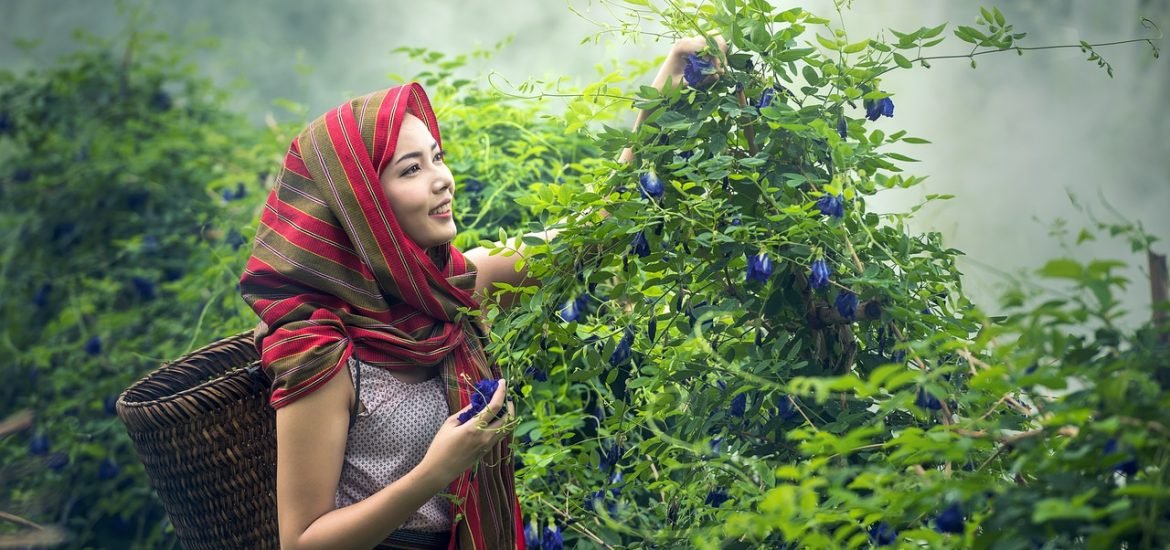
Conservation programs need to take into account a human aspect, according to a study o published in the journal Proceedings of the National Academy of Science (PNAS). A team from the Institute of Environmental Science and Technology team of the Universitat Autònoma de Barcelona emphasises that we need to apply a biocultural approach to nature conservation programs.
Conservationists tend to consider only ecological criteria when looking at the vulnerability of a particular species. However, there is a growing call for future projects to include human aspects as well. This study argues that we need a new way to connect humans and nature to succeed. “The focus on ecological criteria alone has failed to halt our biodiversity crisis,” says Victoria Reyes-García. “This has also created unintended injustices on Indigenous peoples and local communities worldwide.”
According to the authors, the exclusively ecological method — ignoring the human factor — is only perpetuating inequalities. For example, while suggestions to protect 30-50% of the planet against extraction may sound like a good idea, it may cause social problems by affecting the lives of people who live in the area and rely on certain species to express their cultural beliefs.
“Conservation is designed to reduce or remove human impacts on species to give some breathing room to those species to recover,” noted Ben Halpern, a coauthor on the study and Director of UC Santa Barbara’s National Center for Ecological Analysis & Synthesis (NCEAS). “However, if taking those actions limits opportunities for people to engage with the species that define their culture and values, the conservation will have no sticking power and can actually harm those cultures and people.”
The implement the cultural factor, the team compiled a comprehensive list of culturally important species. The list includes 385 species of plants and animals that are recognised to have a role in cultural identity, including for religious, spiritual, and social reasons. This list is part of a proposed framework called “biocultural status,” combining information on biological and cultural aspects to be used in conservation projects.
“We realised that prevailing classifications based on how vulnerable species are did not consider any of their cultural importance to people. Without the acknowledgment and protection of local, special relationships to nature that sustain some populations — often Indigenous — we risk losing an important dimension of conservation,” said Sandra Díaz, a researcher at CONICET and the National University of Córdoba. “When the human cultures that use and value an animal or plant species are lost, a whole body of values, of knowledge about that species is lost too, even if the organism itself does not go extinct. Our relationship with the natural world becomes impoverished.”
The authors hope that recognising the link between people and nature and using this knowledge to make decisions will lead to projects that consider ecological conservation priorities and cultural values. In addition, this work could pave the way to develop ways to develop biocultural approaches, which have so far proven difficult in conservation.
“As the conservation community increasingly seeks to include diverse worldviews, knowledge, and values in nature management and restoration, the framework and metric proposed here offer a concrete mechanism that combines local perspectives on which species are culturally important with scientific assessments of the biological and cultural status of those species,” said Reyes-García. “Together, they provide an actionable way to guide decisions and operationalize global actions oriented to enhance place-based practices, such as those of Indigenous people, that have supported the conservation of social-ecological systems over the long term.”
One of the most important messages in this study is that conservation assessments have largely overlooked species that matter to local populations. “To close this communication gap and foster more equitable conservation, we need to promote more long-term engagement with local communities to develop and maintain truly collaborative conservation partnerships,” said coauthor Rodrigo Cámara-Leret of the University of Zurich. “For this to happen, there are growing calls for academic institutions to recalibrate how they judge the impact and for donor agencies to step up to the challenge of supporting longer research projects that take time but which are highly effective in knowledge generation and promoting biocultural conservation.”
Reys-Garcia V, Camara-Leret R, Halpern B, et al (2023) Biocultural vulnerability exposes threats of culturally important species. PNAS, 120 (2) e2217303120, https://doi.org/10.1073/pnas.2217303120